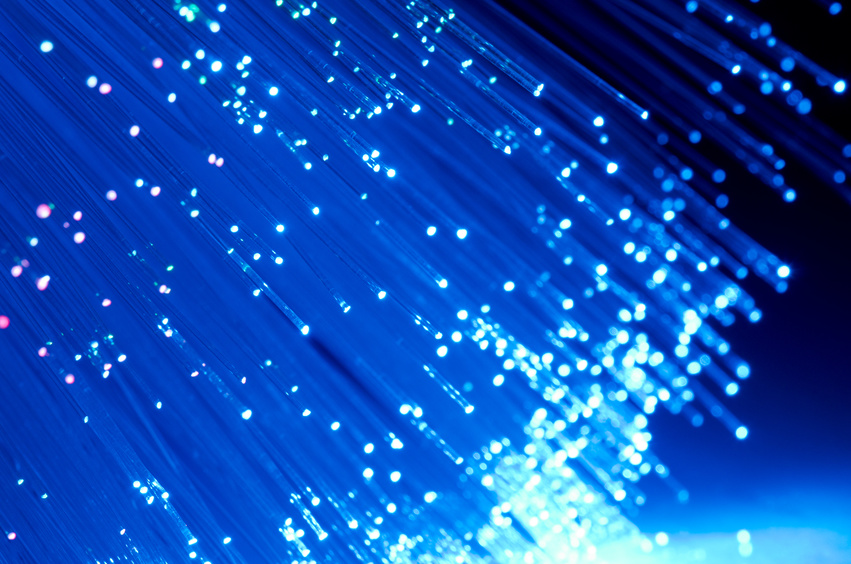I tried several times asking myself what Shūji Nakamura and Carlos Gardel could have in common. At first glance, there does not seem to be any relationship. However, a feathered friend helped me find a connection.
A bird confused by LED lights
The red thrush (Turdus rufiventris) has such beautiful and diverse singing, that Carlos Gardel used to be called “the Criollo thrush”, people would also say that Carlos Gardel (deceased in Medellin, Colombia in 1935) “sang better every day”.
The versatility and intelligence of the red thrush had led him to nest in urban areas populated by leafy trees. This is why the city of Buenos Aires is one of its favorite habitats. The thrush usually starts singing at four or five in the morning, a while before dawn, especially in the spring and summer months. At that time, according to ornithologists, they are more active, busy with courtship, mating, nest development and later the care of their offspring who they feed throughout the day. Although the singing is usually very early in the morning, it can also be heard during the day during those months of the year.
Due to its tendency to nest in urban areas, and due to the illumination of the streets, this bird gets confused and can be heard at different hours of the night. However, lately, he seems to be more confused than ever. It seems that before, sodium vapor, mercury or incandescent lights did not confuse him as much as LED lights do now. The LED lights, due to the diversity of tonalities similar
to daylight or white light, apparently, confuse the feathery friend more than before.
It was not uncommon to see in our homes during the 80s and 90s music systems or other appliances with green or red LEDs. We never missed blue LEDs; at least personally, at that time I never wondered why those appliances didn’t have indications with blue LEDs.
With the development of the blue LED (the one that was missing!), it did not take long to develop the white LED, and with that all possible colors. Thanks to the blue LED, it was possible to develop the lights we see today in the streets, which are white and confuse the thrush.
Blue LEDs: The beginning of a new era
Today blue LEDs invaded our life, and although more unnoticed, LEDs of any color have completely changed the history of mankind. Screens of unimaginable sizes, video projectors, white adaptable lights of greater power and low consumption, lights for different types of environments, computers, smartphones, blue-ray, vehicle lights, traffic lights, digital communications, applications in medicine and a very long etc.. The arrival of the blue LED, and therefore the multi-colored LEDs, coincided with other explosions of technological supply and demand, such as smartphones, communications and screens. It seems that one was waiting for the other.
This new high-quality light source has numerous economic, social and environmental advantages.
For years now, most municipalities, and for the insomnia of our feathered friend, have switched from sodium and mercury vapor lights to LED lights, reducing municipalities’ energy consumption and improving street safety. More and better-lit areas are safer to walk in and prevent serious or fatal traffic accidents to a greater extent. Also, the signaling and traffic lights in the cities have contributed enormously to the improvement in safety.
LED lights, because of their low consumption, allowed access to lighting in rural areas where there is no energy, through solar panels and storage in batteries, it is possible to illuminate remote areas.
Another benefit of LED lights has also been the enormous ecological benefit they brought due to the decrease in heat generation and a decrease in CO2 emissions by decreasing energy consumption. The worldwide energy savings it is producing due to the introduction of LED lighting is huge. The efficiency of LED lights is about 20 times greater than a conventional lamp, and if we consider that worldwide 25% of electricity consumption is in lighting, the decrease in consumption has promised (and fulfilled) to be enormous. Not to mention that in our homes, the change from conventional lamps to LED lamps greatly reduces the value of the light bill.
LED lights for Energy saving
If we consider that the energy matrix of most countries still depends on fossil fuels and very little or no clean energy at all, reducing energy consumption today is vital for the care of our planet. The useful life of LED lights is also an important factor for the care of the environment, LED lights require less investment in replacement and maintenance. The durability of an LED lamp is 50 to 100 times more than a conventional lamp, depending on which one we compare it with.
Shūji Nakamura is the father of the blue LED. Nakamura-san received in 2014 the Nobel Prize in Physics (together with Isamu Akasaki and Hiroshi Amano) for the invention of the blue LED. Even though the research and its bold persistence came several years before, it was not until 1992 that the first blue LED saw the light, or gave blue light. In 1995, the first white LEDs were developed and launched to the market in 1997. Despite the perseverance in the research and the effort, the blue LED was a challenge for three decades.
A giant leap
So it is likely that poor Red Thrush (whose possibility of extinction today is cataloged as a minor concern, although our insomnia for its singing is increasing) is a little disoriented, but thanks to Nakamura-san, Akasaki-san and Amano san, humanity has made a giant leap in terms of technology, economics, social and environmental care.
I invite you to visit the city of Buenos Aires in spring or summer, enjoy its squares and parks, and sleep comfortably listening to the song of the red thrush, or a beautiful tango by Carlos Gardel, knowing that as humans we have made a great leap.
Text inspired by TEDx talk by Gabriel Horowitz
Picture credits: Uwe Bergwitz- stock.adobe.com





